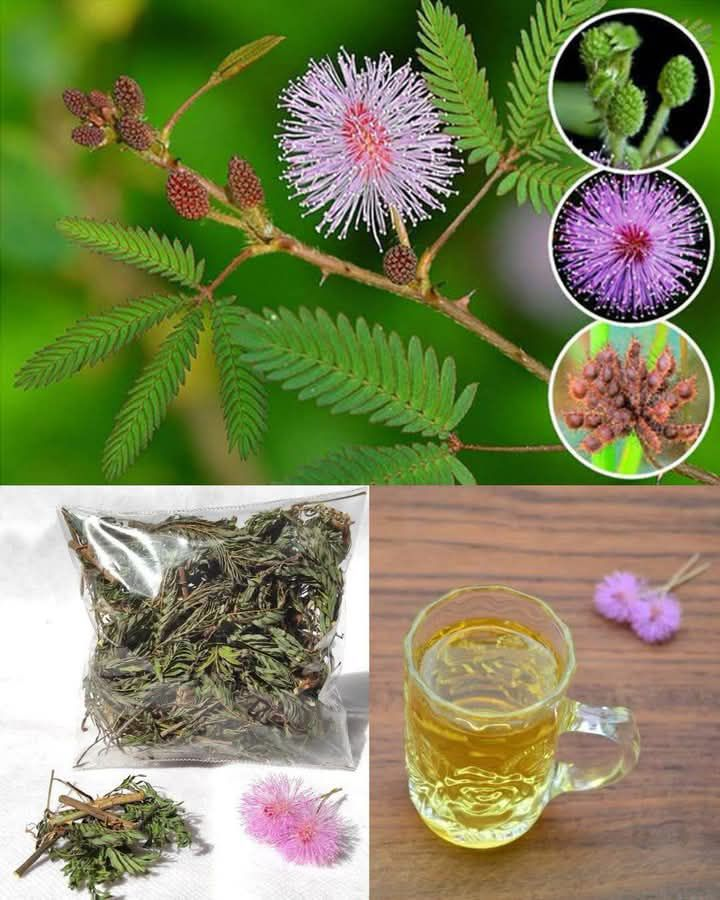ADVERTISEMENT
How to Use: Brew Mimosa pudica tea or take capsules during stressful periods for a natural calming effect.
The Healing Power of Mimosa Pudica: 10 Health Benefits and How to Use This Remarkable Plant
Mimosa pudica, also known as the “sensitive plant” or “touch-me-not,” is a fascinating plant known for its unique ability to fold its leaves when touched. But beyond its intriguing appearance, Mimosa pudica has long been used in traditional medicine for its remarkable health benefits. From its detoxifying properties to its ability to support gut health, this plant is truly a powerhouse of natural healing.
In this article, we’ll explore 10 incredible health benefits of Mimosa pudica and practical ways to incorporate it into your wellness routine.
1. Supports Digestive Health
Mimosa pudica seeds are rich in soluble fiber, which helps cleanse the digestive tract. When consumed, the seeds form a gel-like substance that traps toxins, parasites, and waste, promoting a healthy gut environment.
How to Use: Take Mimosa pudica seed powder in water or capsules daily to aid digestion and detoxification.
2. Natural Parasite Cleanser
One of the most well-known benefits of Mimosa pudica is its effectiveness in removing intestinal parasites. The plant’s sticky gel-like consistency traps parasites, making it a natural remedy for cleansing the gut.
How to Use: Use Mimosa pudica seed supplements as part of a parasite cleanse regimen.
For Complete Cooking STEPS Please Head On Over To Next Page Or Open button (>) and don’t forget to SHARE with your Facebook friends
ADVERTISEMENT
ADVERTISEMENT
